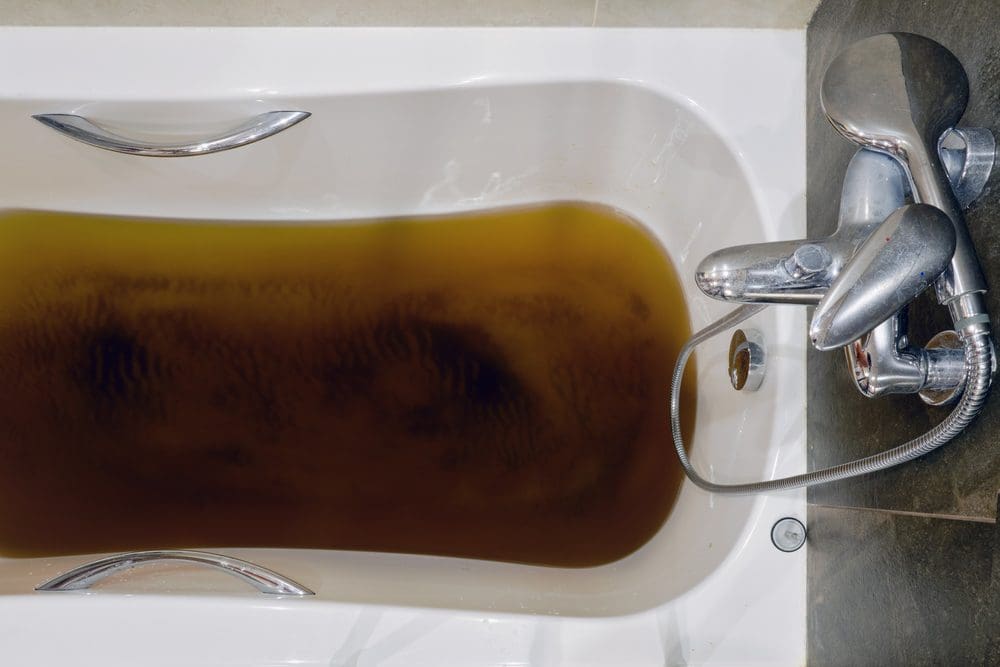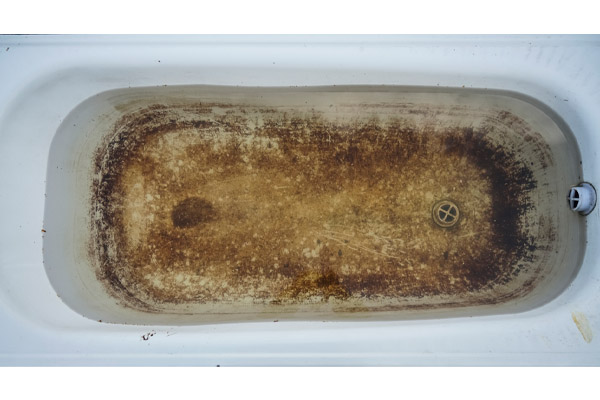Top Reasons Behind Sewage Backflow in the Bathtub
Top Reasons Behind Sewage Backflow in the Bathtub
Blog Article
We have found this post about Why is Sewage Backing Up Into My Bathtub? down the page on the internet and accepted it made good sense to relate it with you over here.

Sewer back-up in the bathtub can be an upsetting and unsanitary problem for any property owner. Not only is it troublesome, but it additionally poses severe wellness dangers and indicates underlying concerns with the plumbing system. Understanding why sewage is showing up via the bath tub is critical for taking proper action to attend to the issue effectively.
Intro to the Concern
Typical Factors for Sewer Backup
Clogs in the Drain Line
Among the most common sources of sewage backup is an obstruction in the drain line. This can happen because of the buildup of particles, oil, or foreign items in the pipes, preventing correct flow and causing sewage to back up right into your bathtub.
Tree Origin Breach
Tree roots looking for wetness and nutrients can penetrate drain lines with small fractures or joints. Over time, these origins can grow and increase, causing significant damages to the pipelines and causing sewer backup problems.
Recognizing the Problem
When sewage starts backing up into the tub, it's a clear indication of a trouble with the drainage system. The wastewater that should be moving away from your home is instead locating its way back into your space, which can cause substantial damage and carcinogen.
Possible Causes
Numerous variables can contribute to sewage back-up in the tub. From clogs in the sewage system line to issues with the plumbing facilities, determining the origin is important for finding an option.
Aging Facilities
Older homes may have dated plumbing systems that are much more vulnerable to deterioration, splits, and deterioration. As pipes age, they end up being much more prone to leaks and clogs, enhancing the probability of sewage back-up cases.
Heavy Rainfall or Flooding
During periods of heavy rainfall or flooding, the sewer system may become overloaded with excess water, creating back-ups and overflows. This can result in sewer backing up right into tubs and other components inside the home.
Indicators of Sewer Backup
Foul Odors
Undesirable smells originating from drains pipes or components, particularly in the bathroom, may suggest sewage back-up problems. These odors are usually strong and relentless, signaling an issue that needs instant attention.
Slow Draining Fixtures
Bathtubs, sinks, and bathrooms that drain slowly or otherwise whatsoever could be experiencing sewer backup. If several components are influenced concurrently, it's most likely that the concern stems from an usual factor, such as the primary sewer line.
Gurgling Sounds
Unusual gurgling or bubbling sounds coming from drains when water is running in other places in your house are a measure of air caught in the plumbing system. This air accumulation can arise from sewer backup and ought to be checked out promptly.
Health And Wellness Risks Related To Sewer Back-up
Contamination of Water
Sewage backup can pollute the water in your home, posing a major health danger to you and your household. Direct exposure to infected water can result in intestinal concerns, skin infections, and various other diseases.
Mold Development
Moisture from sewer back-up can develop excellent problems for mold and mildew development in your house. Mold spores can aggravate respiratory system problems and cause allergic reactions in sensitive people, making timely clean-up essential.
Spread of Disease
Sewer contains unsafe microorganisms, viruses, and bloodsuckers that can cause a series of diseases, consisting of liver disease, cholera, and gastroenteritis. Coming into contact with sewer or polluted surfaces places you in jeopardy of infection.
Tidying up After Sewage Backup
Sanitation Procedures
Thoroughly sanitize and sterilize impacted areas after sewer back-up to eliminate dangerous germs and protect against mold and mildew growth. Use proper cleansing items and protective equipment to make certain safe and reliable cleanup.
Reconstruction of Affected Locations
Repair any damage to flooring, wall surfaces, or components triggered by sewage backup. Relying on the extent of the damage, you may need to replace carpets, drywall, or other materials to restore your home to its pre-loss problem.
Immediate Actions to Take
Shutting Off Supply Of Water
In case of sewer back-up, it's essential to switch off the supply of water to avoid additional contamination and damages. Find the main water shutoff valve in your home and closed it off up until the issue can be dealt with.
Contacting a Professional Plumber
Taking care of sewer backup is not a do it yourself task. Contact a certified plumber with experience in taking care of sewage-related issues to examine the situation and execute necessary repair work or clean-ups.
Avoiding Contact with Infected Water
Up until the sewage back-up is resolved, prevent contact with infected water to stop the spread of germs and microorganisms. Wear protective equipment if you have to remain in the affected location and clean your hands completely afterward.
Preventive Measures
Regular Upkeep of Sewer Lines
Schedule normal inspections and upkeep of your sewer lines to determine and deal with possible issues before they escalate into major troubles. This can consist of clearing out debris, evaluating for tree origin intrusion, and repairing any kind of broken pipes.
Setting Up Bayou Valves
Consider setting up bayou valves in your plumbing system to prevent sewage from receding right into your home throughout periods of heavy rainfall or flooding. These valves instantly close when water draws back up, safeguarding your home from contamination.
Proper Disposal of Household Waste
Prevent purging anything besides toilet tissue and human waste down the bathroom to stop clogs and obstructions in the sewage system line. Dispose of grease, oil, and other house chemicals correctly to minimize the threat of plumbing issues.
Why Is Water Backing Up in My Bathtub When I Flush My Toilet?
What to do about a sewer line clog
First, don’t bother with plunging. No amount of plunging will dislodge the clog in a sewer line. The clog is too far away. Plungers are for clogs in the toilet itself, not the sewer line. Plus, the most likely causes of a sewer clog are:
Tree roots Flushed toys or feminine products Grease buildup Those items don’t move easily. And in the case of tree roots, the roots need to be cut out of the pipe and the pipe will need to be repaired.
You’ll need a closet auger. A closet auger is a type of plumber’s snake with a protective cover to keep from scratching the delicate porcelain toilet. If the clog is further down, you may need to remove the toilet or use one of your cleanouts to get to the clog.
We also recommend doing a video inspection of the drain to ensure that the cause of the clog has been completely removed. Otherwise, you could have the same problem again in a few days or weeks.
https://mspplumbingheatingair.com/blog/why-is-water-backing-up-in-my-bathtub-when-i-flush-my-toilet

We hope you liked our part on What To Do If Sewage Starts Backing Up Into the Shower. Thanks so much for taking a few minutes to browse our post. Sharing is caring. One never knows, you could be helping someone out. Many thanks for your time. Come back soon.
This Post
Report this page